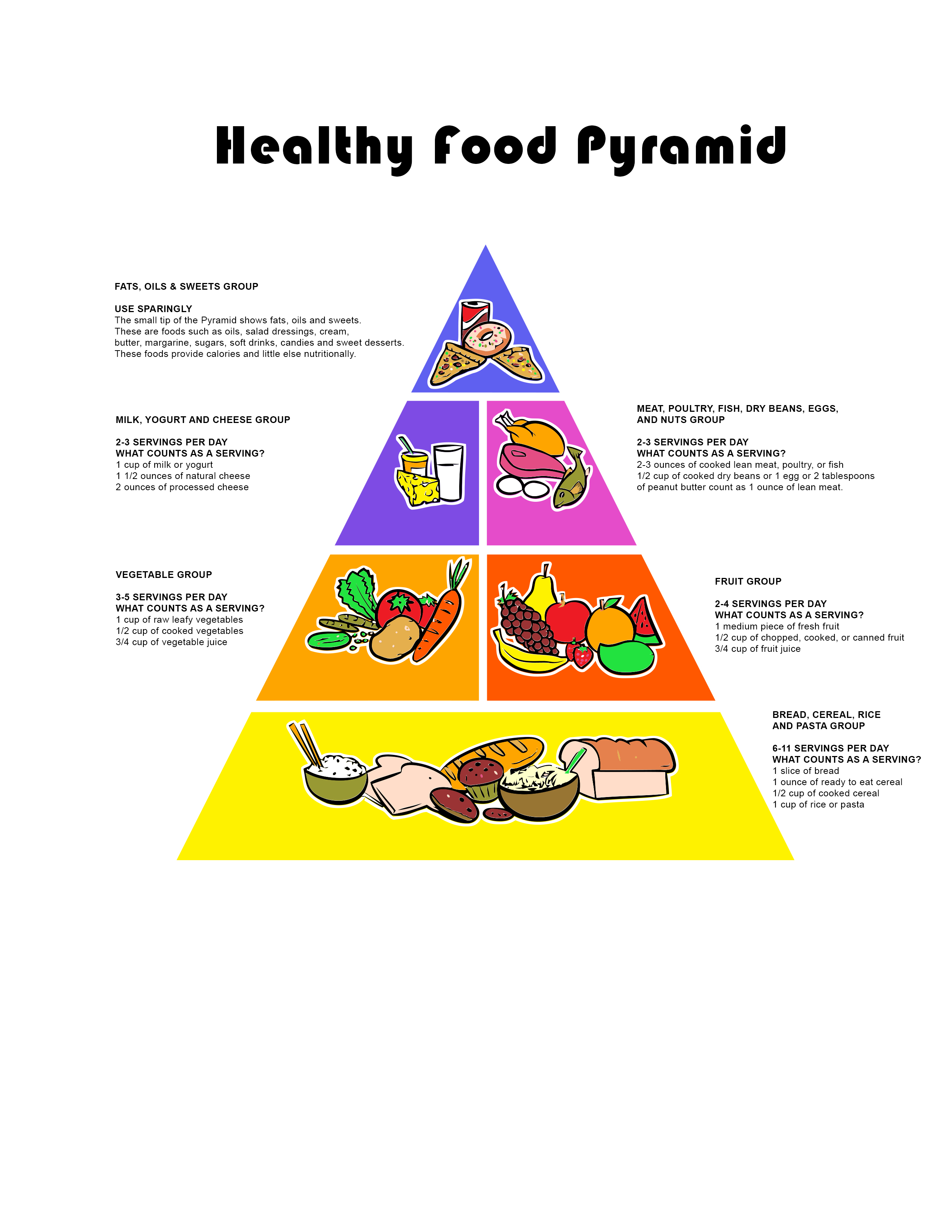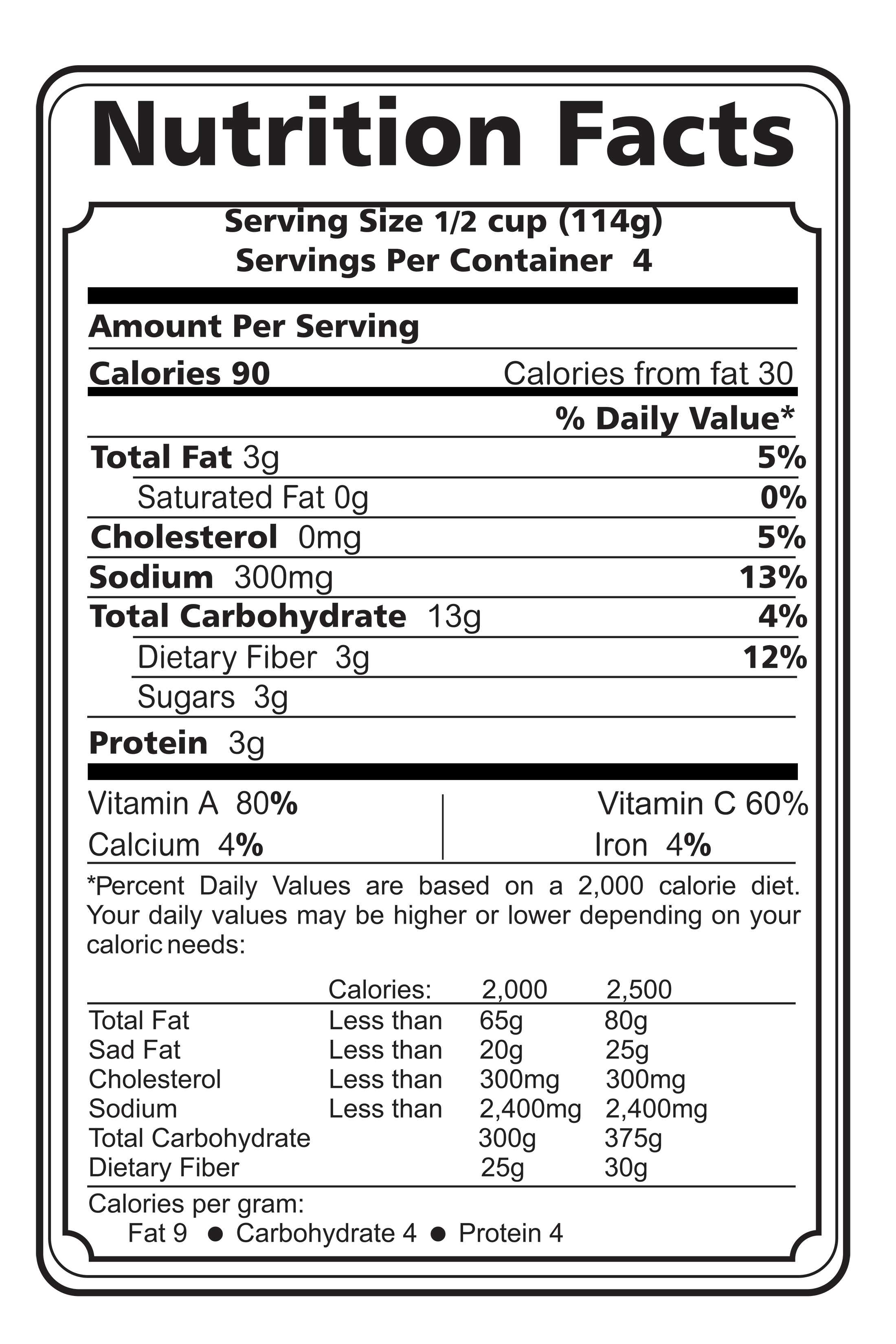Nutrition Tips
 Great nutrition tips and guides to help you achieve a better body. This section features nutrition meal plans, tips and free consultations. To reach your goals, you must combine exercise with good nutrition practices.
Great nutrition tips and guides to help you achieve a better body. This section features nutrition meal plans, tips and free consultations. To reach your goals, you must combine exercise with good nutrition practices.
There are no articles in this category. If subcategories display on this page, they may have articles.
Subcategories
Healthy Eating Out Tips
 Tips on how to make healthy choices when eating out.
Tips on how to make healthy choices when eating out. Empty Calories
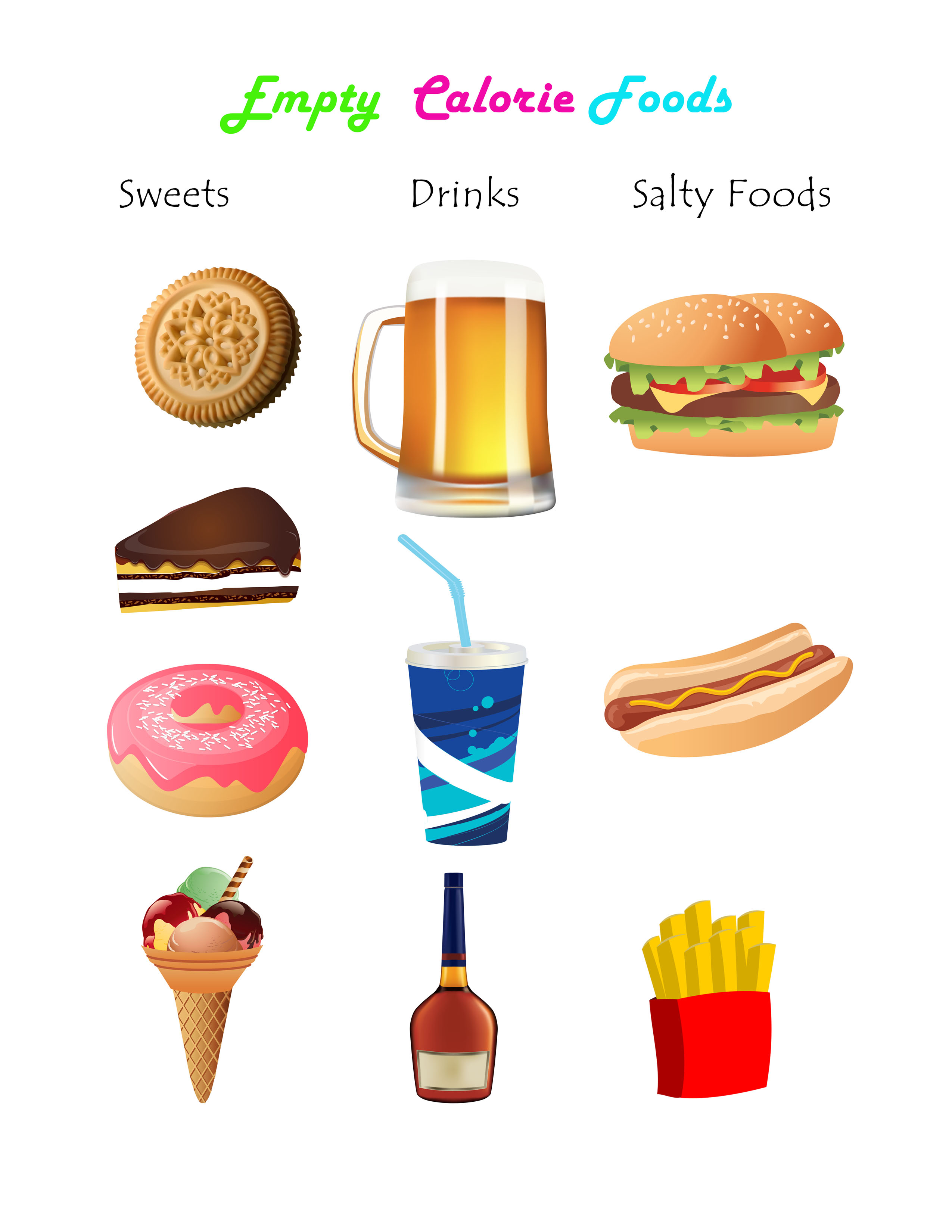 Empty calories in food is a low in nutrients. They don't provide more than 5% of the recommended daily allowance for any nutrients. These foods are high in fat, sugar or alcohol. Try to avoid eating food with empty calories.
Empty calories in food is a low in nutrients. They don't provide more than 5% of the recommended daily allowance for any nutrients. These foods are high in fat, sugar or alcohol. Try to avoid eating food with empty calories.
Download medium poster (11" by 17")
Recommended Product: This book is a quick reference guide to eating the right kind of calories. Good Calories, Bad Calories: Fats, Carbs, and the Controversial Science of Diet and Health
Food Guide Pyramid
Here's 3 food pyramid charts and posters you can download and print.
The USDA Food Guide Pyramid prioritizes food groups to help ensure that people obtain the RDA’s (Recommended Dietary Allowances). This will help you control your portions sizes and foods to eat.
The Pyramid Chart Poster Above
Even though nutrient and calorie needs vary from person to person, depending on age, gender, size and physical activity level, most adults should try to eat at least the lower number of servings from each food group. Many athletes (and most men) can have the middle to upper number of servings.
The Food Guide Pyramid is a nutrient recommendation plan that suggests a pattern of food choices that represents current nutritional needs. The current food guide include fruit servings from 2-4, and vegetable servings from 3-5 per day, and bread and cereal servings from 6-11 per day. Further, an important overall concept that is proposed by the Food Guide Pyramid is that portions of fat of fat sources should be limited (top of the pyramid), and portions of fruits, vegetables and grains (bottom of the pyramid) should be increased.
Printable food pyramid Sizes Available
Free food pyramid guides that you can download and print for your home or the gym. The sizes available are 8 1/2 by 11 inches and 11 by 17 inches jpeg images. You can also download this food chart in poster sizes below.
Small Poster - 11” x 17”
This is the smallest standard poster size ideal for your home gyms, an office and fitness bulletin boards.
Medium - 18 “ x 24”
This poster size is great for your home gym or at a fitness center. They are large enough to frame and hang anywhere in the gym for motivation and instructions.
Large- 24” x 36”
This is one of the most common standard poster sizes. These posters are used for most applications on fitness center walls with plenty of space. This size can also be framed and used outside similar to a movie poster.
Hydration Tips
 Great tips on proper hydration to increase your fitness level.
Great tips on proper hydration to increase your fitness level. How to Read Food Labels
This section will show you how to read food labels... and... You can download and print sample labels to use as small posters.
Understanding how to read a food label is one of the keys to purchasing and putting together your meals. Knowing the basics of reading your labels will help guide you into the right choices at the grocery store. Whether you are choosing meats, vegetables or ingredients, labels gives you an idea of what’s going into your body.
Printable poster sized food labels
Free printable mini posters for your home or gym. Print the small 8 ½ by 11 Each design can be downloaded in jpg or pdf format.
Free downloads
A4 paper 8.5 by 11 inch (8.5” by 11”)
Small 11 by 17 inch (11” by 17”)
Daily Calories Needed
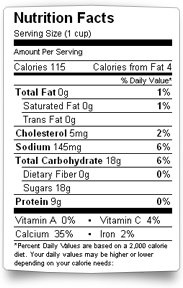 Learn the daily calories needed to achieve your fitness goals. Your calorie requirements should be determined by your genetics, weight, activity level and fitness goals. There is a minimal caloric need for your body to function properly. Calorie needs is also slightly different for males and females.
Learn the daily calories needed to achieve your fitness goals. Your calorie requirements should be determined by your genetics, weight, activity level and fitness goals. There is a minimal caloric need for your body to function properly. Calorie needs is also slightly different for males and females.
A larger individual will generally require more calories than a smaller individual. A 150 pound male may only require 1400 calories a day while a 250 pound guy may require 1800 per day just to maintain enough energy to get through the day. The activity level of a person also determines how many daily calories are required. A female the exercises 5 days a week and jogs will require more energy than a person that lives a sedentary lifestyle. Your fitness goals also are a determinate in your calorie needs. If you are trying to lose weight, you may want to lower your calorie intake. If a male is trying to pack on muscle mass, he may decide to increase his calorie intake. You must be careful not to go to low because this can have a negative effect on your body functions.
Fat Effects on the Body
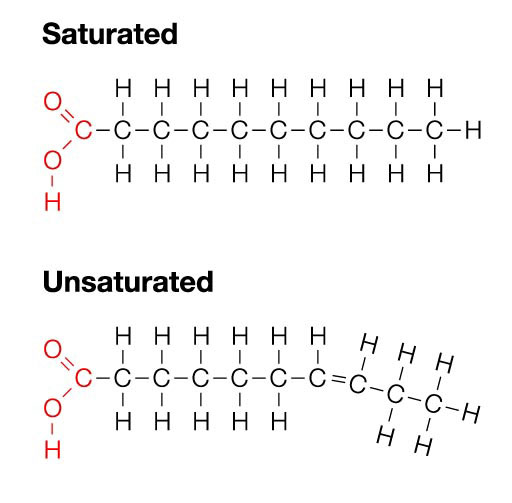 In moderation, fat is a good nutrient for your body. Learn how nutrition and consuming the right amounts of fat can improve your body and health.
In moderation, fat is a good nutrient for your body. Learn how nutrition and consuming the right amounts of fat can improve your body and health. Good Carbohydrates
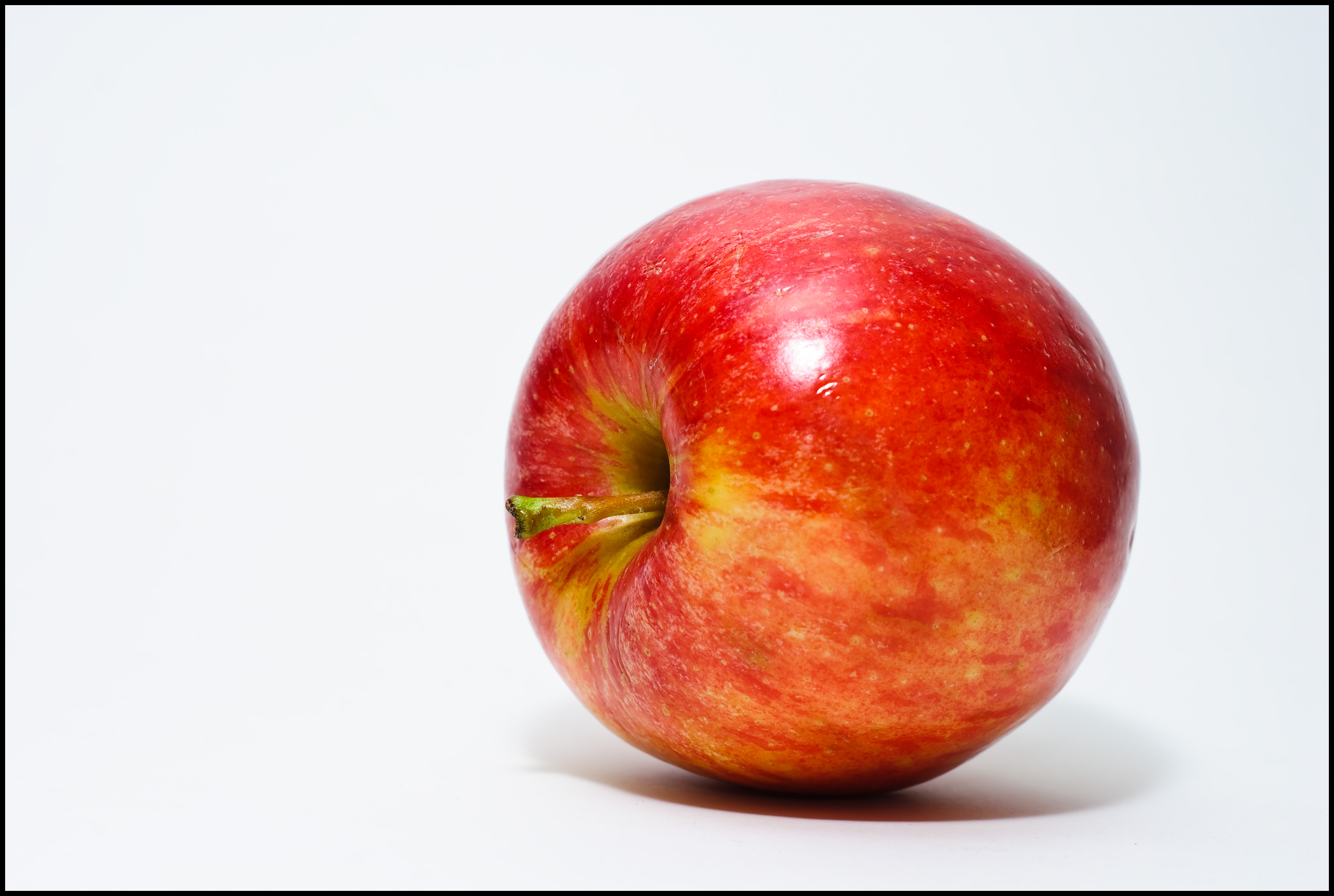 Learn how to choose good carbohydrates for your body.
Learn how to choose good carbohydrates for your body.
The complex carbohydrates, particularly in the form of grains, are one of the most important sources of energy in the world. Complex carbohydrates are usually low in calories, low in fat and high in fiber. Because the sugars are absorbed slowly in the bloodstream, your energy level maintains a constant energy level. Approximately fifty percent of the daily calorie intake should be supplied by carbohydrates. Fruits, vegetables, and grains should supply most of the carbohydrate calories.
The vitamins (which regulates bodily processes) good carbs provide key nutrients. The eight nutrients used are protein, vitamin A, Vitamin C, niacin, thiamin, riboflavin, calcium and iron.
Importance of nutrients
There are ten nutrients which may be used as a guide to meeting nutrition needs. If a person eats foods which contain adequate amounts of the ten leader nutrients the individual will most likely be getting sufficient amounts of the other more than 30 essential nutrients.
The key nutrients are carbohydrates, fats, protein, two minerals (calcium, iron), four water soluble vitamins (Niacin, Riboflavin, Thiamine and C) and one (vitamin A) fat soluble vitamin.
The essential concept of the ten leader nutrients is that foods that supply adequate amounts of these ten nutrients also supply sufficient amounts of the rest of the essential nutrients for humans.
Nutrition labeling of packaged foods contains indicated amounts or percentages for eight of the ten nutrients in the leader nutrient concept.
The eight nutrients used in nutrition labeling include: protein, vitamin A, vitamin C, niacin, thiamin, riboflavin, calcium and iron. These may be used to help plan an adequate diet.
Good Carbohydrate Foods to Eat
Apple
One medium sized apple has 95 calories and contains 25 grams of carbohydrates. This accounts for 8% of the body daily values based on a 2000 calorie diet. This fruit not only gives you energy but supplies nutrients such as Vitamin C and B-6 and Magnesium. Apples also give the body 195 mg of potassium and 4.4 grams of dietary fiber.
Beans
1 tbsp (12.1g) of black beans has 41 calories and contains 8 grams of carbohydrates. Beans provide 1.9 g of dietary fiber 2.6 grams of protein, 179 mg of potassium and Magnesium that accounts for 6% of your total daily value.
Rice
Just 1 cup (195 g) of brown or long grain rice contains 45 grams of carbohydrates. This accounts for 15% of the body daily value based on a 2000 calorie diet. This food also provides the body with 3.5 grams of dietary fiber. Vitamin B-6 and Magnesium also gives you 15% and 21% of your total dietary needs respectively.
Potatoes
One medium potato (2-1/4” to 3 ¼” dia) provides the body with 37 grams of carbohydrates which is 12% of the total daily value needed. This food also provides 4.7 grams of fiber and 897 grams of potassium. It is also filled with Vitamin C, B-6 and Magnesium. A potato gives you 163 calories and packed with many nutrients you need to survive.
Importance of Protein
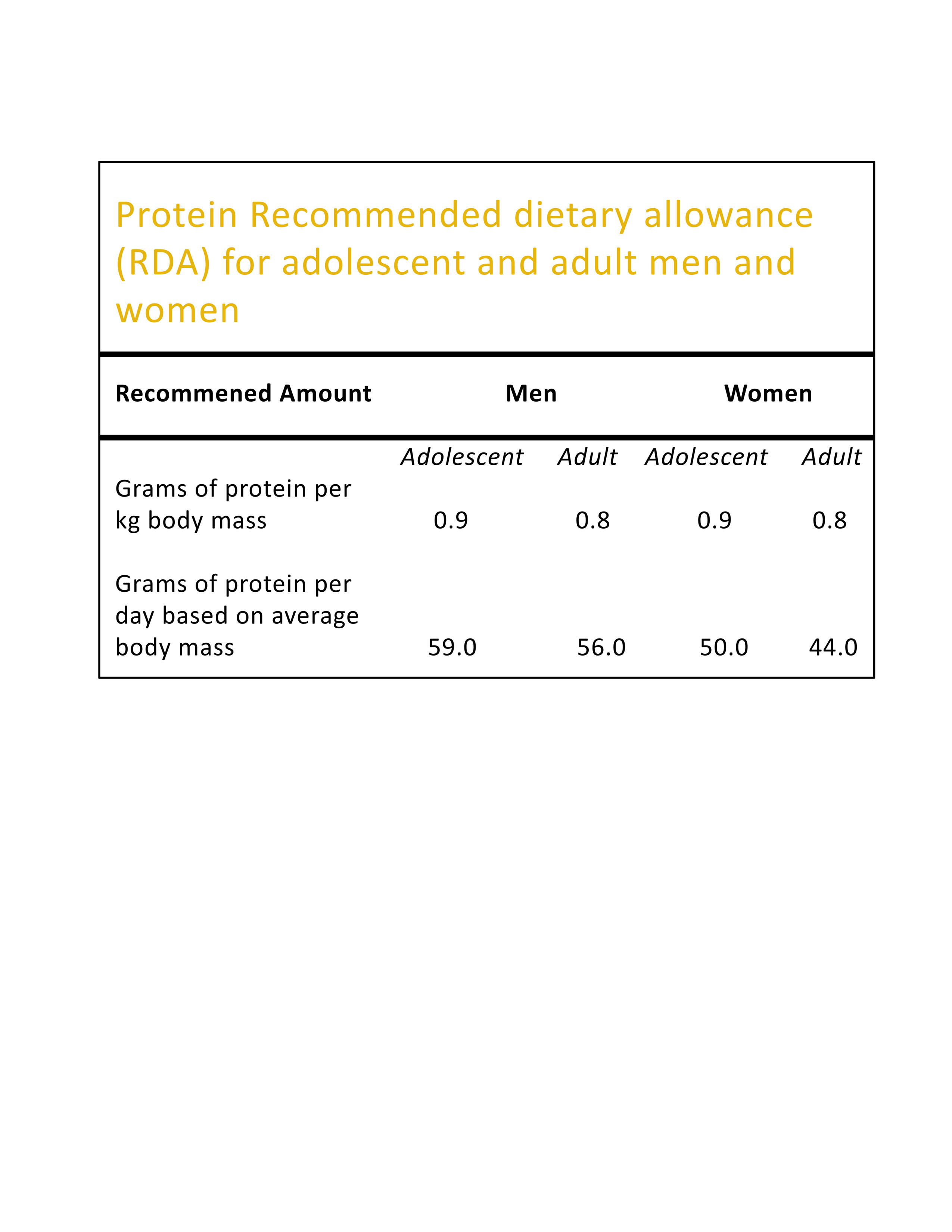 Learn the importance of protein and how it affects you reaching your goal. Protein is crucial because it’s made up of amino acids, which your body uses to build and repair your muscles, red blood cells, enzymes and other tissues. Your body needs more than 20 different amino acids, 11 of which your body can produce its own. The remaining 9 must come from food. These 9 amino acids are called essential amino acids.
Learn the importance of protein and how it affects you reaching your goal. Protein is crucial because it’s made up of amino acids, which your body uses to build and repair your muscles, red blood cells, enzymes and other tissues. Your body needs more than 20 different amino acids, 11 of which your body can produce its own. The remaining 9 must come from food. These 9 amino acids are called essential amino acids.
Bad Carbohydrates
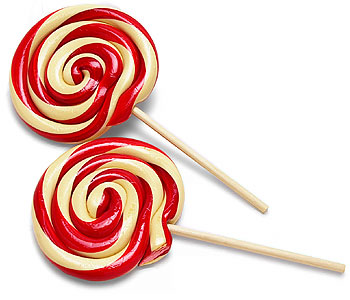 Bad carbohydrates are carbohydrate foods that have been highly refined and processed, removing most of the nutritional value and fiber.
Bad carbohydrates are carbohydrate foods that have been highly refined and processed, removing most of the nutritional value and fiber.
They're generally loaded with high-calorie fats, sweeteners, preservatives and other unhealthy additives.



